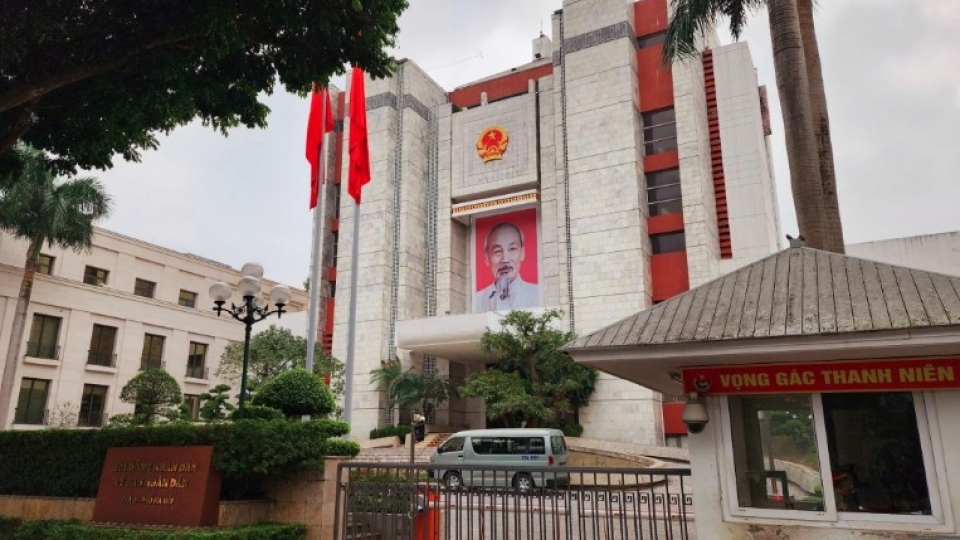Two-tier local government system launched across Vietnam today
VOV.VN - A two-tier local government model officially came into effect simultaneously across 34 provinces and cities in Vietnam on July 1.

At 6:00 a.m. on July 1, the Bát Nhã bell and drum rang simultaneously at more than 18,000 pagodas nationwide. This solemn ritual, organised by the Vietnam Buddhist Sangha, was held to pray for national peace and public well-being during this historic transition to the new local government model.
On June 30, localities across the country held official ceremonies to announce decisions related to provincial and communal administrative unit mergers, and the formation of new Party organisations and appointments of local authorities, preparing for the full operation starting July 1.
This is the first time in the country’s administrative history that a two-tier local government structure operating at both provincial and communal levels has been implemented, representing a significant governance breakthrough.
Party General Secretary To Lam has described this as a sacred and momentous milestone for Vietnam, while expressing confidence that the country would continue to succeed on its path of reform and development in the context of globalisation, digital transformation, and the Fourth Industrial Revolution.
Following administrative restructuring, Vietnam now has 34 provinces and cities and 3,321 commune-level administrative units. In recent weeks, many localities have conducted pilot operations under the new model. Hanoi, for instance, carried out large-scale trials involving unprecedented scenarios to ensure smooth operations from July 1.

Local authorities confirmed that they have fully prepared digital infrastructure, administrative procedures, and facilities to support the new model, ensuring continuity in governance and public service without disruption to residents and businesses.
In newly formed communes and wards, reports indicate a serious, methodical, and proactive working spirit, with implementation focused on core functions such as public administration, political system building, social services, and operational readiness.
This new governance structure is backed by a solid legal framework. At its recently session, the National Assembly passed a resolution amending certain provisions of the 2013 Constitution and the Law on the Organisation of Local Government, laying the foundation for a streamlined and effective government system.
The public consultation process, conducted democratically, transparently, and extensively, received 99.83% approval for the amendment of Article 110 of the Constitution to implement the two-tier local government model.
The amended law establishes a new legal structure, clearly defining powers between central and local levels, and among local tiers themselves. Notably, it grants local governments more autonomy to resolve inter-jurisdictional issues, thereby reducing delays and enhancing grassroots governance effectiveness.





